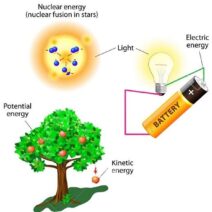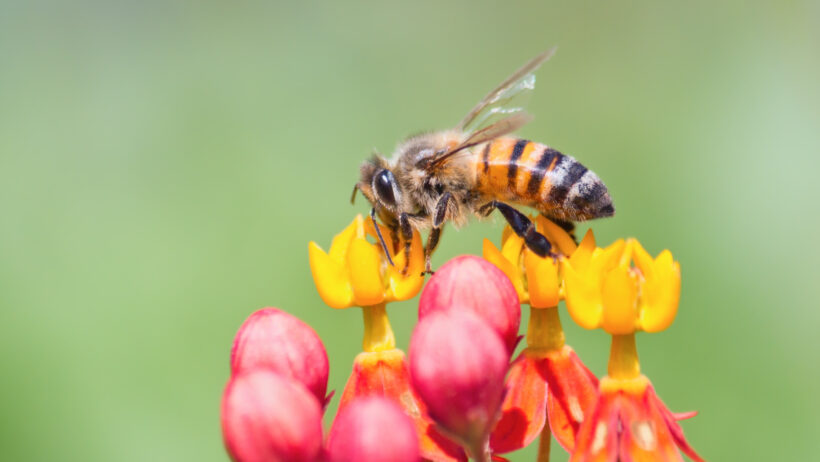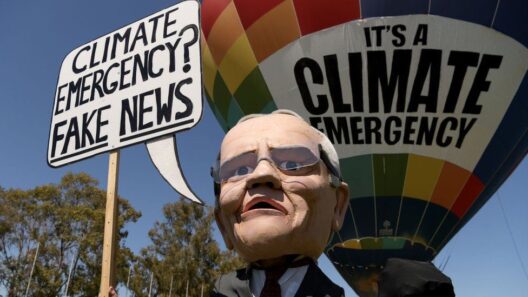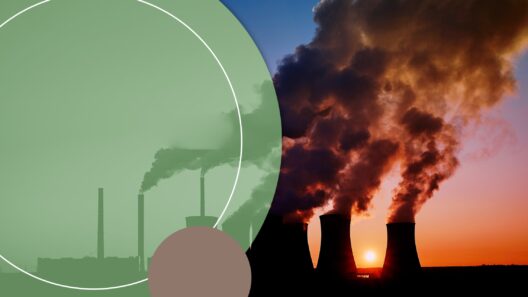Pollination is an ecological marvel, an intricate ballet performed by various organisms that play a critical role in sustaining our food systems and maintaining biodiversity. Yet, as global warming accelerates, this vital natural process faces unprecedented challenges. The interconnectedness of climate change and pollination dynamics compels a deeper understanding of the threats posed by rising temperatures, erratic weather patterns, and habitat degradation.
At the outset, it is essential to appreciate the symbiotic relationships that govern pollination. Pollinators, including bees, butterflies, birds, and even certain mammals, facilitate the reproductive cycles of flowering plants. By transferring pollen from the male anthers to the female stigmas, these creatures enable fertilization, promoting the production of seeds and fruits. Approximately 75% of the world’s food crops depend, at least in part, on animal pollination—a statistic that underscores the importance of these organisms in agricultural and wild ecosystems alike.
As global temperatures rise, pollinators encounter significant stressors that disrupt these relationships. One primary concern is the phenomenon of climatic mismatches. Many species of pollinators and the flowering plants they depend on have evolved to synchronize their life cycles. For instance, bees emerge in spring to coincide with the blooming of specific flowers. However, climate change alters seasonal patterns; flowers may bloom earlier or later than expected, while pollinators might remain aligned with traditional cues. Such asynchrony can lead to reduced pollination efficiency, ultimately affecting crop yields and plant reproduction.
An example of this can be observed in the case of honeybees and certain tree species. As rising temperatures prompt earlier flowering times, bees may not be sufficiently active or numerous to fulfill their role, jeopardizing the ecological balance. This problem is compounded by shifting geographic ranges. Many pollinator species are migrating to cooler areas or higher elevations in search of suitable habitats. Such displacement can further threaten the plants with which these pollinators have co-evolved, resulting in diminished biodiversity.
Moreover, extreme weather events, exacerbated by climate change, pose formidable challenges. Pollinators, particularly insects like bees, are vulnerable to fluctuations in temperature and precipitation. Prolonged droughts can lead to food scarcity, while heavy rains can disrupt foraging behaviors and contribute to habitat loss. Pollinators are further threatened by habitat degradation driven by anthropogenic activities, such as urbanization and intensive agriculture. These practices fragment ecosystems, leading to “habitat islands” that can diminish pollinator populations by reducing available nesting sites and food sources.
Another pressing issue is the impact of pesticides and pollutants, which are exacerbated by the stresses of climate change. Pesticides not only kill off target pests but also harm beneficial insects including pollinators. As climate variability exacerbates pesticide exposure, bees—among the most significant pollinators—face increased mortality rates and impaired navigation and foraging abilities. These challenges create a feedback loop wherein declining pollinator populations cannot effectively pollinate crops, thereby mitigating agricultural productivity.
Concerningly, research has illuminated the impacts of global warming on specific pollinator groups. For instance, bumblebee populations have experienced severe declines in North America and Europe. These bees, which are integral in pollinating both wildflowers and agricultural crops, depend on stable climatic conditions for their survival. Their sensitivity to temperature changes renders them exceptionally vulnerable, and this vulnerability is now manifesting in declining numbers. The cascading effects of these declines could lead to the diminishment of entire plant communities, disrupting food webs and ecological balance.
Nonetheless, there is hope. Addressing the challenges facing pollination can yield substantial benefits, not only for pollinators but for entire ecosystems. Implementing sustainable agricultural practices—such as integrated pest management, reduced pesticide use, and the cultivation of diverse crops—can bolster pollinator health. Growing native plants in urban and suburban areas can provide vital habitats and foraging opportunities for pollinators, contributing to the resilience of local ecosystems.
Furthermore, policies aimed at mitigating climate change are critical. Transitioning to renewable energy sources can reduce greenhouse gas emissions, subsequently alleviating some of the pressure on pollinators. Conservation efforts that incorporate habitat restoration and protection are vital in fostering environments where pollinators can flourish. Educational initiatives that encourage communities to understand and support pollination processes can galvanize grassroots movements advocating for pollinator protection.
In conclusion, the perils of global warming extend far beyond temperature rises and extreme weather events. The threats to pollination processes are a silent yet urgent consequence that necessitates immediate attention. As scientific research continues to uncover the complexities of pollination dynamics under the strain of climate change, the call for comprehensive strategies to protect pollinators becomes ever more imperative. Collaboration among policymakers, scientists, farmers, and communities can forge pathways toward a sustainable future where pollination—and, by extension, food security and biodiversity—can thrive in a changing climate.







